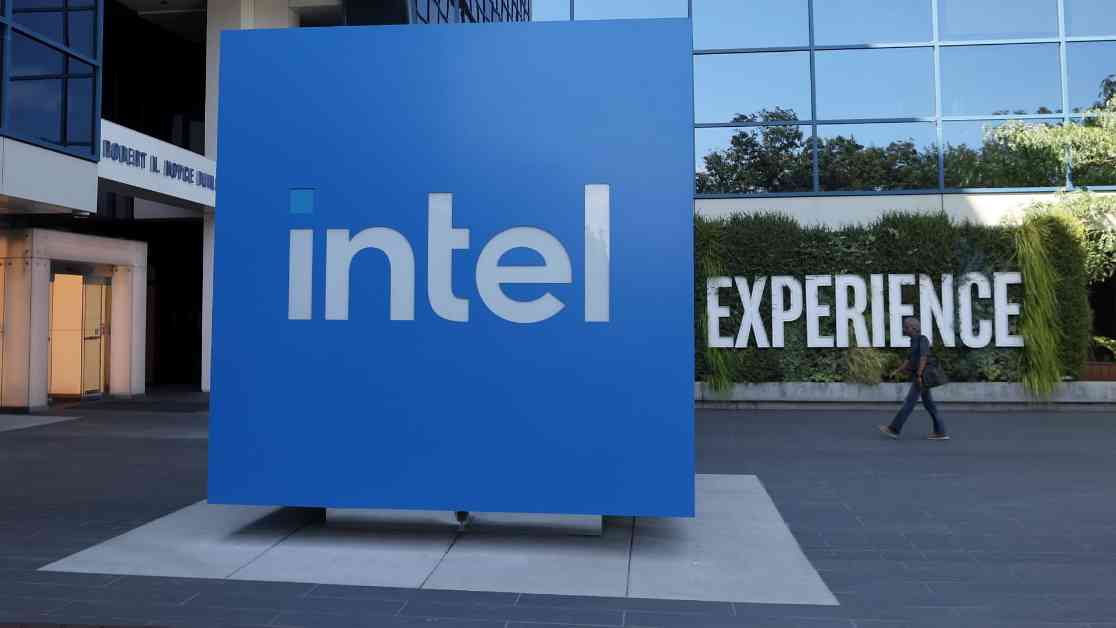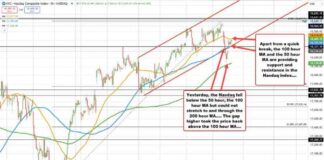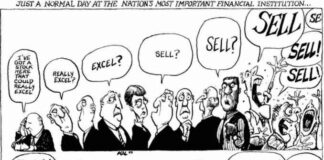Intel, a leading chipmaker, has recently enlisted the help of financial advisors, including Morgan Stanley, to fortify its defenses against potential activist investors. This strategic move comes amidst efforts by CEO Pat Gelsinger to revitalize the company, which has been facing challenges in the highly competitive semiconductor industry. While Intel has dealt with activist pressures in the past, there is currently no formal campaign underway, and it remains uncertain if any activist investors have made direct contact with the company’s board.
Intel’s Collaboration with Morgan Stanley
Morgan Stanley, a renowned financial services firm, has a history of collaboration with Intel, most notably during the company’s spinoff of Mobileye in 2022. The decision to engage Morgan Stanley and other advisors for activist defense underscores Intel’s proactive stance in navigating potential shareholder activism. Sources familiar with Morgan Stanley’s involvement in Intel’s current strategy requested anonymity due to the sensitive nature of the discussions. Representatives for both Intel and Morgan Stanley have refrained from providing comments on the matter, maintaining confidentiality.
Challenges Faced by Intel
In recent years, Intel has faced significant challenges in maintaining its position as a top player in the semiconductor industry. The company lost its status as the largest U.S. chipmaker by revenue, with Nvidia’s thriving artificial intelligence business propelling it to the forefront. Nvidia’s market capitalization has far surpassed Intel’s, underscoring the intense competition in the tech sector. Additionally, Intel has lagged behind competitors such as Advanced Micro Devices, Broadcom, Qualcomm, and Texas Instruments in terms of market capitalization, signaling the need for strategic transformations.
Earlier this month, Intel announced a substantial workforce reduction, with plans to cut approximately 15% of its employees in a bid to streamline operations and reduce costs. The company’s $10 billion cost-reduction plan aims to enhance efficiency and competitiveness in the evolving semiconductor landscape. Despite these efforts, Intel’s quarterly results fell short of Wall Street expectations, prompting the suspension of dividend payouts in the fiscal fourth quarter. The company’s struggles in the AI domain have been particularly pronounced, as it has faced stiff competition from Nvidia’s GPUs in catering to the demands of cloud vendors and developers.
Intel’s Strategic Imperatives
Under the leadership of CEO Pat Gelsinger, Intel is undertaking strategic initiatives to address its market challenges and revitalize its business operations. Gelsinger, who assumed the CEO role in the wake of mounting pressures on Intel, has been instrumental in driving innovation and transformation within the company. With a focus on enhancing Intel’s competitiveness in key areas such as AI, data center solutions, and emerging technologies, Gelsinger is spearheading efforts to position Intel as a frontrunner in the rapidly evolving tech landscape.
In response to activist investor Dan Loeb’s calls for exploring strategic alternatives, Intel’s board, led by Frank Yeary, has been actively evaluating potential pathways for growth and value creation. Yeary, a seasoned investment banker with a wealth of experience in the industry, brings a strategic vision to Intel’s boardroom discussions. However, recent board changes, including the departure of semiconductor industry veteran Lip-Bu Tan, have added a layer of complexity to Intel’s governance dynamics.
Future Outlook for Intel
As Intel navigates the complexities of the semiconductor market and fends off potential activist pressures, the company’s future trajectory remains subject to ongoing strategic decisions and market dynamics. With a renewed focus on innovation, operational efficiency, and strategic partnerships, Intel aims to regain its competitive edge and drive sustainable growth in the long term. By leveraging its technological capabilities and expertise, Intel is poised to capitalize on emerging opportunities in AI, data analytics, and next-generation computing.
In conclusion, Intel’s collaboration with financial advisors for activist defense underscores the company’s commitment to strengthening its position in the semiconductor industry. With a proactive approach to addressing market challenges and driving innovation, Intel is poised to navigate the evolving tech landscape and deliver long-term value to its stakeholders.

















